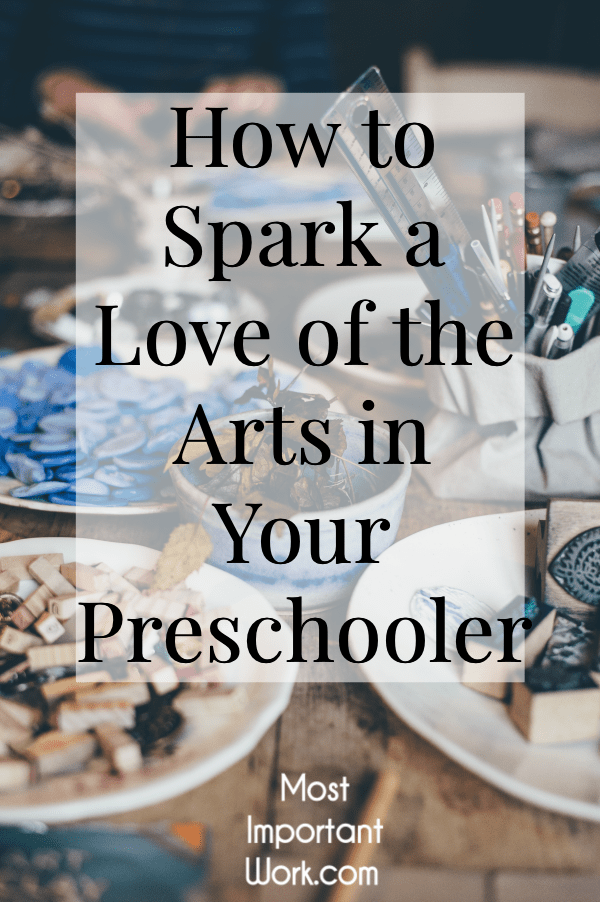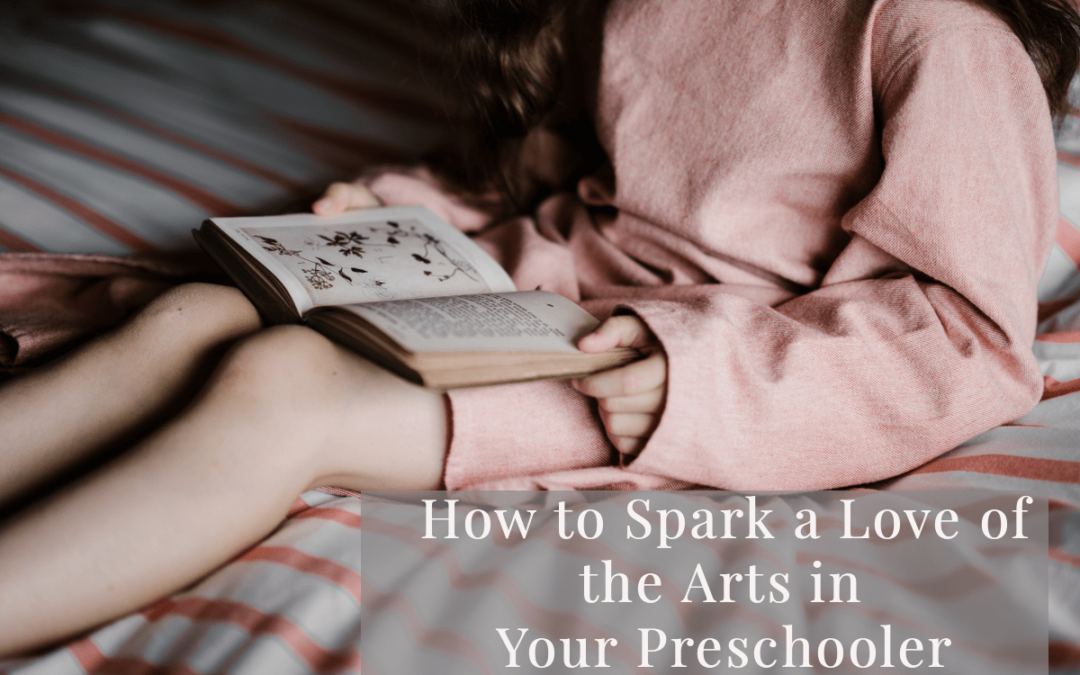Reading Time: 4 min 48 sec
When you talk about visiting a local museum, with a preschooler in tow, the only thought that flashes through most parents’ minds is the horrific image of their little King Kong toppling some priceless sculpture, and wreaking havoc on the entire floor of Egyptian art. “Visiting a museum with a preschooler, ” parents say with a shake of their head, ” is asking for premature gray hair and a heart attack.”
I know the feeling, I agonized about when would be the right time to expose my children to the arts. I did not want to wait until they were older because dragging middle or high school students to the ballet kicking and screaming was/is not my idea of a good time.
I wanted to introduce my kids at a young age to the best music, art, dance, drama, etc. that the world, or at least what my tiny part of the country had to offer.
So, is it even possible to take your squirmy, loud, run but never walk preschooler to a symphony? Yes, it is and here are my tips and tricks to not only surviving but thriving among 18th-century paintings.
- Set the Stage and Build Anticipation
- Set Your Child Up for Success
- Make it an Event

-
Set the Stage and Build Anticipation
I definitely don’t recommend walking into a museum cold turkey (but if that’s your thing, I applaud you) but start preparing your kids by setting the stage and building anticipation.
You can do that by reading a lot of books about famous ballerinas, paintings, and composers; you can find out about their lives, how many kids they had, what they liked to eat, and what inspired their art. Read picture books that are written to spark curiosity, not fill your kid full of dates and data. You want to introduce them to the stories behind the art.
The Goal of Experiencing the Arts with your Child is Introduction, not Mastery.
Some of my favorite art picture books for children were written by amazing storytellers James Mayhew (Katie & Ella Bella Ballerina series) and Laurence Anholt. These men do a phenomenal job of introducing artists, paintings, history, and classical ballets in story form with beautiful illustrations.
Listen throughout the day to various genres of music. We intentionally listened to everything from classical, jazz, big band, blues, instrumental, world, etc. There are also a number of wonderful resources that introduce your child to classical music. An example is the Classical Kids series, which weaves a story about the composer into the music. The Beethoven’s Wig series is another suggestion that sets hilarious words to classical music.
Once or twice a week, gather the kids together and watch a small part of a classical ballet. We sometimes turn on ballet and then go about our day. The kids were mesmerized by the sets, costumes, music, and dance. Check out YouTube or the library to watch ballets such as Cinderella, Swan Lake, and Sleeping Beauty.
Practice different forms of art at home. We read about pointillism and impressionism and then tried it out. We painted inside, and outside, we used watercolors, acrylics (don’t recommend), poster paint, colored pencils, and crayons. Our reading sparked curiosity which fed the types of things we did at home.
Finally, we built anticipation, by immersing ourselves in art and developing a healthy respect and admiration for the discipline. We talked excitedly about the fact that our local museum had this piece and that we were going to get to go see it. When we visited the gallery, ballet, symphony etc. it felt like a privilege.
2. Set Your Child Up for Success
We want to set our child up for success. In order to do that we need to set down some basic expectations for our child and for us as parents. Talk with your child about walking slowly, keeping our hands to ourselves, and talking quietly so everyone can enjoy the beautiful art etc. The key is taking the time to set a clear (and short) list of expectations for your child.
It is also helpful to remind yourself what your goal is for this trip/event. You want your child to have a positive experience. That means that you won’t see everything in the museum today.
You will spend more time getting ready and traveling to the event; then you will spend at the actual event, and that’s OKAY!
One day, you will get to see the entire symphony, ballet or museum, and you will look back fondly over these early years.
Also, make sure if things go south (and they will occasionally) to have an exit plan in place. I always pick seats next to a door at an event. I bring cough drops, tissues, and quiet candy or snacks to the events. I take every opportunity to take my children to the bathroom (beginning, intermission, end) and stretch their legs. If I know that the experience will be longer than an hour, I will plan to attend two parts and walk with them outside for the rest of the event. Remember accomplishing your goals is more important than attending the entire affair.
-
Make it An Event
Dress Up! Wearing a nice outfit can add to the experience and it makes for GREAT pictures! Or allow your child to wear a costume. If your child loves art, let him visit the museum dressed as a painter (the museum staff will love it).
You can make this an event, to remember, by creating a plan with your child, days in advance. There is nothing better than talking about the logistics, such as what will you wear, do we eat ahead of time, what do we want to see while we are there etc.
Check out your local art website for preschool classes/events. My children loved attending a Petite Performance at our local performing arts center where they were able to sit on the stage and hear the musicians and then touch the instruments after the performance.
Encourage your child’s interests; if they are really interested in tubas then go to a Tuba performance, or jazz, then go to a jazz class. Be prepared to dive down rabbit holes, and explore off the wall interests (within reason), that can be where the most formative learning takes place.
Finishing your excursion with ice cream and food is always a good idea! Especially when they are young, the rest of the event could have been a disaster, but there is something about eating yummy ice cream, that makes memories, and adds a rose-colored glow to the entire occasion.

It might seem like a lot of effort to introduce your child to the finer things of life, but I promise you, it’s worth it. If you take baby steps, adjust your expectations, and have FUN, you will create not only lifelong family memories, but you will foster a love of art.
You can do it!
What about you? What are your favorite ways encourage a love of the arts in your kids?
If you try any of these activities, let us know! Leave a comment, and don’t forget to follow us on Pinterest. about you? What are your favorite ways to increase your child’s awareness of God?
If you try any of these activities, let us know! Leave a comment, and don’t forget to fol
Latest posts by Most Important Work (see all)
- 3 Steps To A Spectacular Kid’s Ministry Group That Matters - May 31, 2024
- 14 Powerful Picture Books That Will Ignite Your Child’s Faith - May 31, 2024
- 7 Powerful Scriptures You Need To Pray Over Your Kids - October 26, 2020

